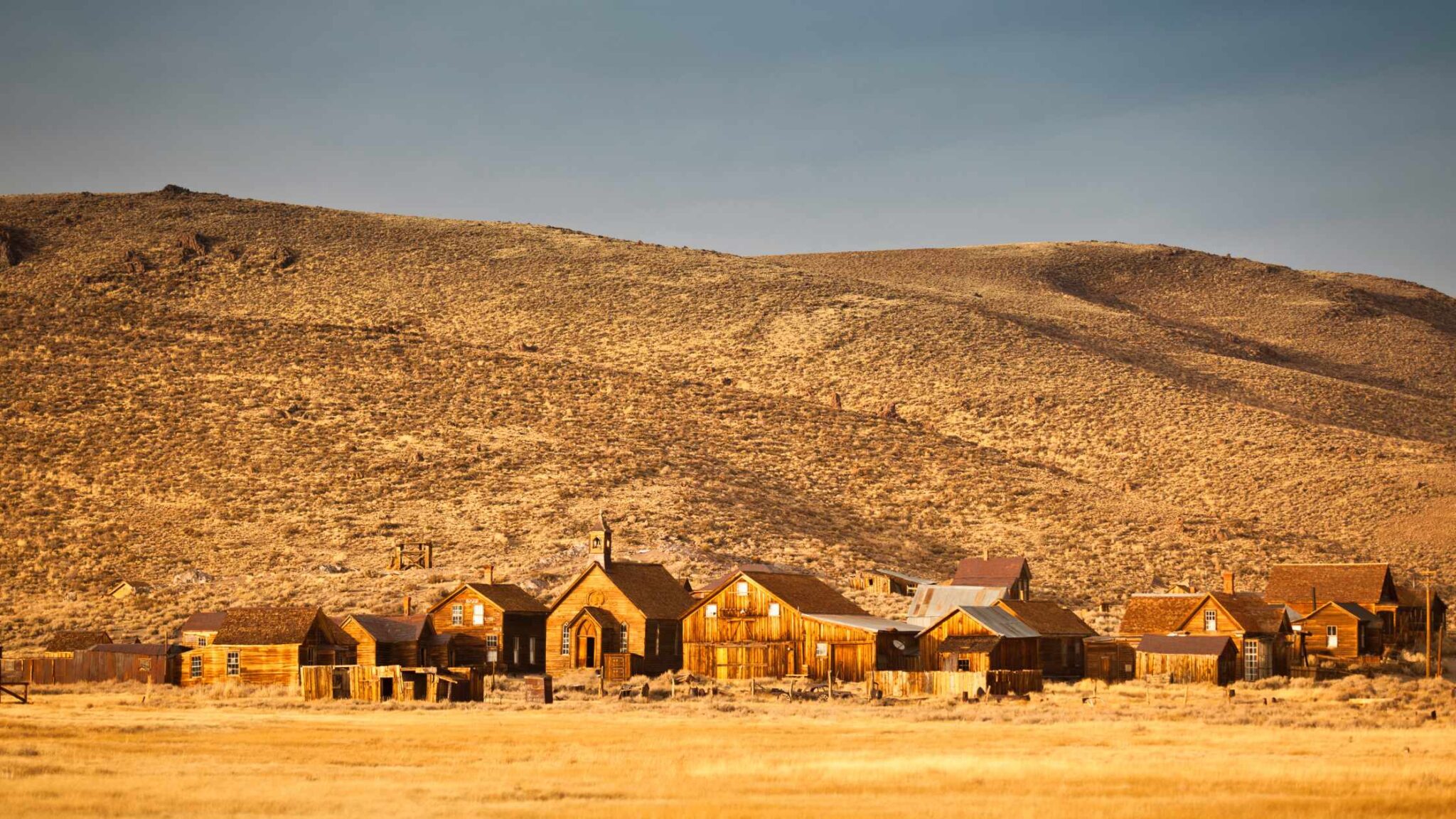
A historic town faces devastating wildfire as the 6-5 Fire engulfs Chinese Camp, California. Sparked by lightning on Tuesday, September 2, 2025, the blaze has rapidly spread, consuming homes and forcing mandatory evacuations in the heart of Tuolumne County. The uncontained inferno threatens to erase a significant piece of California’s Gold Rush heritage, leaving residents and authorities scrambling to mitigate the damage.

Chinese Camp Under Threat
The 6-5 Fire, a part of the larger TCU September Lightning Complex, was discovered at 8:23 p.m. local time. According to CalFire, the fire has already burned over 6,400 acres as part of the complex’s 12,473 acres across Calaveras and Tuolumne counties by Wednesday morning. Fueled by dry conditions and high winds, the fire’s rapid expansion has presented a formidable challenge to firefighters and emergency responders. The Tuolumne County Sheriff’s Office is assisting with mandatory evacuations to ensure the safety of residents in the path of the flames.
The Inferno’s Reach
The impact on Chinese Camp has been devastating. News reports confirm that at least five homes have been destroyed, with the potential for more damage as the fire continues to burn. The historic Chinese Camp Cemetery has also been scorched, adding to the profound sense of loss felt by the community. Richard Beale, owner of the Chinese Camp store, expressed his dismay at the destruction, highlighting the personal toll this disaster is taking on local business owners and residents.
Battling the Blaze: A Race Against Time
Firefighters from CalFire and other agencies, including the Cal Fire Tuolumne-Calaveras Unit, are working tirelessly to contain the 6-5 Fire. The uncontained nature of the blaze has prompted CalFire to request substantial additional resources, including fire engines, bulldozers, aircraft, and crews, to combat its dangerous rate of spread. The focus is on protecting remaining structures and preventing the fire from spreading further into surrounding communities and wilderness areas.
Evacuation Zones and Road Closures
Mandatory evacuation orders are in effect for Chinese Camp and several surrounding areas, including Keystone, La Grange Road, Sixbit Gulch Road, and portions of Highways 108 and 120. Highway 120 remains closed, significantly impacting travel and access to Yosemite National Park. Residents are urged to stay informed about evacuation routes and heed the warnings of local authorities. The Tuolumne County Sheriff’s Office is actively assisting with emergency efforts, ensuring that residents are safely evacuated and provided with necessary support.
The Anatomy of a Wildfire
The 6-5 Fire originated along Old Don Pedro Road at Big Cree Court, south of Jamestown. The primary cause of the fire has been attributed to lightning strikes, a common trigger for wildfires in California’s dry landscape. The rapid spread of the fire has been exacerbated by the prevailing dry conditions and high winds, creating a perfect storm for wildfire activity. These conditions have made it exceedingly difficult for firefighters to gain control of the blaze.
Impact on the Region
Beyond the immediate destruction in Chinese Camp, the wildfire is having a broader impact on the region. Residents are contending with deteriorating air quality, posing health risks, especially for vulnerable populations. Power outages have also been reported, further disrupting daily life. The loss of historic structures represents a significant blow to California’s cultural heritage, as Chinese Camp stands as a reminder of the state’s rich Gold Rush history and the contributions of Chinese immigrants to its development.
Historical Significance at Stake
Chinese Camp, founded around 1850 by Chinese miners during the Gold Rush, holds a unique place in California’s history. The town served as a vibrant center for Chinese immigrants seeking their fortune in the goldfields. Its historical buildings and landmarks provide a tangible link to the past, offering insights into the lives and experiences of these early settlers. The destruction caused by the 6-5 Fire threatens to erase this invaluable heritage, underscoring the urgent need for preservation efforts and community resilience.
Community Resilience and Recovery
As the 6-5 Fire continues to burn, the focus shifts towards community resilience and recovery. Support networks are being established to assist displaced residents with temporary housing, food, and other essential needs. Efforts are underway to assess the full extent of the damage and develop a long-term recovery plan. The rebuilding of Chinese Camp will require a collaborative effort involving government agencies, community organizations, and individual residents. The spirit of the community, forged in the face of adversity, will be crucial in overcoming the challenges ahead.
After the Ashes: Rebuilding Chinese Camp
The wildfire’s impact extends beyond the immediate physical destruction. The emotional and psychological toll on residents is significant, and ongoing support will be necessary to help them cope with the trauma. The rebuilding process will also need to address the underlying factors that contributed to the fire’s rapid spread, such as dry vegetation and inadequate firebreaks. Lessons learned from this disaster can inform future wildfire prevention and mitigation strategies, protecting other historic communities and natural resources from similar threats.
The 6-5 Fire serves as a stark reminder of the increasing wildfire risk facing California and other regions prone to dry conditions and high winds. The need for proactive measures, including improved forest management, enhanced fire prevention education, and increased investment in firefighting resources, has never been more urgent. As Chinese Camp begins its long road to recovery, the hope is that this tragedy will galvanize action to protect vulnerable communities and preserve California’s rich historical legacy.

